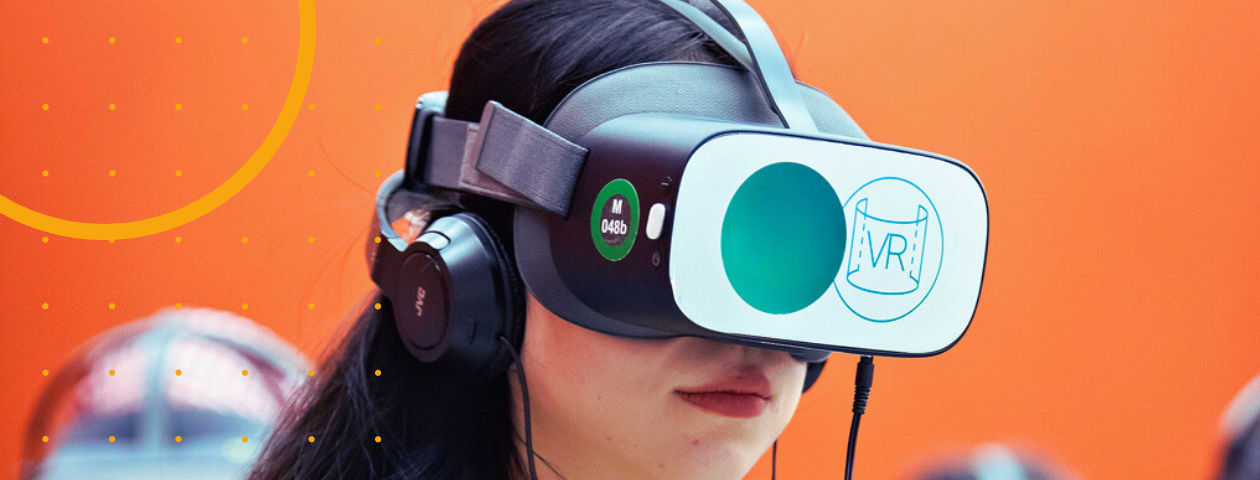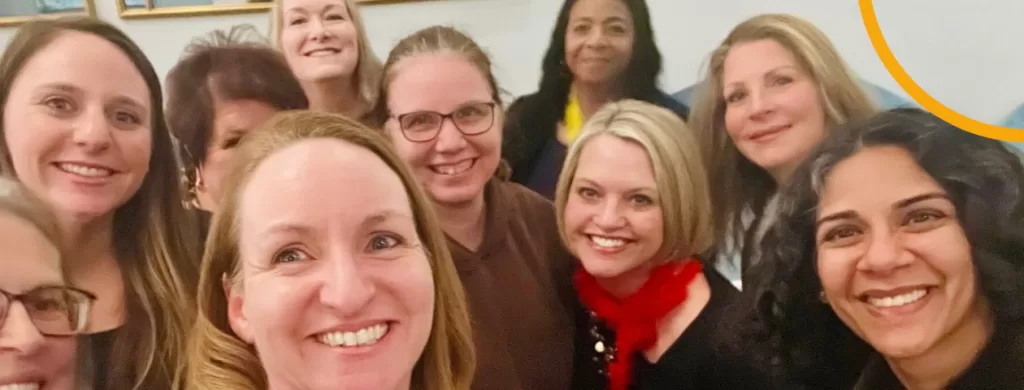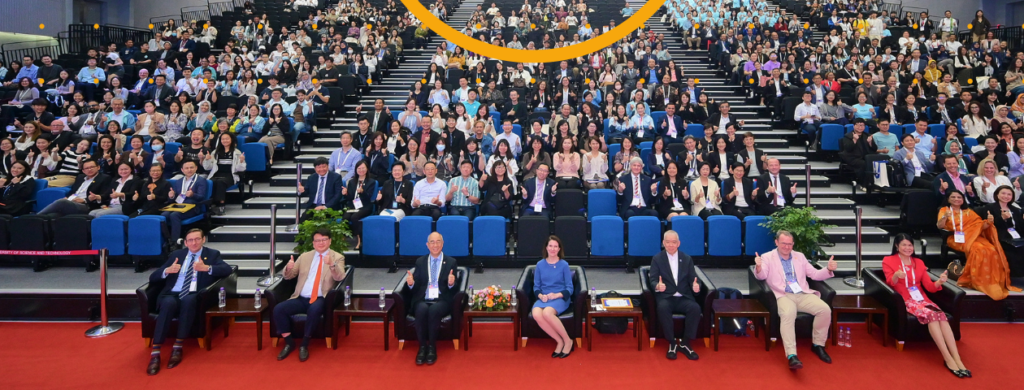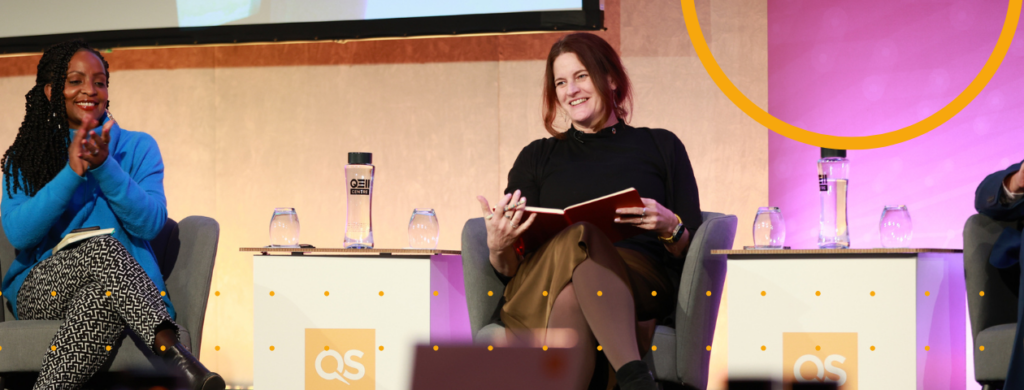
Is virtual reality a gimmick, a headache or a unique tool for accessibility and inspiration? For research communicators, VR is finally coming of age and it’s likely going to stay.
Written by by Rohan Mehra for QS Insights Magazine.
Science fiction likes to present scenarios where technology blurs the line between the real world and virtual ones. This manifests in different ways, but contemporary virtual reality and related technology (hereon referred to as VR) is undoubtedly a precursor to what sci-fi writers envision. The ability to transport someone to other places or present to them things impossible to experience by any other medium, makes VR a valuable tool for those communicating research, especially when the research is cognitively or physically hard to grasp. Thanks mainly to an explosion in popularity for gaming purposes, VR has ceased to be a novelty or niche-use tool and is quickly emerging as one of the best ways to make research jump off the page, sometimes literally.
“Around 2016 when the mobile game Pokémon GO came out, I realised that augmented reality (AR), the superimposition of virtual elements into real environments, had reached the zeitgeist,” says Samuel Ken-En Gan, then a biomedical scientist at the Agency of Science, Technology and Research in Singapore. “I wondered what AR could do for research, so I built an app to visualise complex molecules, such as the antibodies I work with. Previously, this required powerful computers and specialised software, but modern smartphones with cameras and motion sensors offer ample performance and versatility.”
People reading articles containing certain embedded information can use their smartphones to interact with virtual molecules in ways impossible for 2D images or even videos. Very specific behaviours can be made more comprehensible with 3D interactives. If some element of a process doesn’t make sense right away, users can zoom in and rotate to see more detail, repeat the animation and so on.
“Currently, few journals and researchers have followed our lead, but we’re working on that,” says Gan. “I’ve always been a little frustrated with the physical limitations of the lab environment, but I feel AR will help the scientifically curious overcome such barriers to access research in an easy-to-understand way.”
Of course, not all labs are contained within four walls. For some researchers, nature is their laboratory. Kira Harris is a researcher at the laboratory of tree-ring research at the University of Arizona, where she has made it her mission to bring the great outdoors indoors with the power of VR.
“Environmental experiences in VR are nothing new, but until recently many were just technology demonstrations, and only a few were used to genuinely communicate research,” says Harris. “In any case, I’ve come to realise VR has huge potential to open up access to remote environments for more people.”
“When we show what goes on in the lab… we put people at ease.”
Harris creates immersive VR experiences of the forests, glaciers, and mountain tops she or her colleagues work in by capturing 3D videos. Students, school children and the public can then use these to experience a wider range of potential field trips. Most experiences she’s created have used captured imagery, but she thinks the future lies in a blend of captured and generated content once the tech itself becomes more accessible.
“Despite advancements in VR, I’m a little surprised it hasn’t become easier and cheaper to work with as, for example, video has,” says Harris.
The cost, availability and some logistical issues of VR equipment for both consumers and developers can still present significant barriers. But despite that, some researchers see great benefits in using VR for outreach and want to share what it’s like to be a scientist with communities that might not otherwise have the chance to step inside a real working research environment.
“When it comes to the communication of my research, I’ve always been driven by participation and dialogue, especially with children,” says immunologist Patience Kiyuka from the Kenya Medical Research Institute. “The ideal way to share what goes on in my lab would be to bring everyone inside it, show them around, walk them through every process and every machine there is. That’s not really possible, but VR offers a good simulation.”
Kiyuka has won awards for her novel work with VR. She not only shoots her labs with 360-degree cameras, but adds detailed interactive examples of laboratory activities and includes interviews with scientists. Her process involves students from rural schools so that, with a bit of iteration, the experiences are made as accessible and understandable as possible.
“This way of using VR helps me build trust,” says Kiyuka. “After all, seeing is believing. When we show what goes on in the lab, the kind of science we do, I feel we put people at ease who might otherwise view scientists with suspicion and doubt. And with that, I’m able to present scientific research as a viable and appealing career to these children.”
VR clearly offers an accessible option for people to explore research in places such as labs and caves that are difficult or expensive to visit, but it can go further and can take people to places that are impossible for anyone to access, such as outer space.
“Things happening in space can take place at scales and timespans beyond human comprehension and far beyond our reach. VR is incredibly good at bringing these things down to our level,” says Jackie Bondell from Swinburne University, who runs outreach programmes for dark matter and gravitational wave research groups in Australia. “I work with scientists, artists and technologists to create astrophysics content for VR using a mix of data and artistic visuals. It’s inherently interactive, so the audience, typically children, can explore things like stellar evolution, which occurs over billions of years, in a matter of minutes or seconds.”
As with Gan’s molecule viewer, Bondell finds that VR can aid in comprehension of unintuitive things thanks to this kind of interactivity.
“Astronomy has a long history of pushing the limits of visual technology whether it’s to capture images with telescopes or to display them in 360 degrees at a planetarium,” says Bondell. “And throughout ancient history, all human cultures have told stories about what they see in the night sky. There’s a pleasing symmetry then, in using cutting edge VR to bring the skies closer to us than ever before.”
Are you using VR or new technologies to craft unique learning experiences or enhance sustainability? Consider applying for the QS Reimagine Education Awards & Conference 2024!



